“What’s in a name?” This simple question was posed by Shakespeare centuries ago and is still a contentious topic for debate today. In the real estate industry, naming conventions can often feel like they mean everything and nothing at the same time. That leads us to question, what does a name mean for your business? At RYCOM, the importance of a name is its ability to make the complex simple for our clients. We call this the HIVE theory of simplicity, the belief that simplifying a client’s technology is the surest way to add value to their infrastructure and is the key to innovation. This theory guides every action we take and informs how we treat naming conventions and adherence to industry standards as vital building blocks to making a Smart strategy competitive and future proof.
Why are naming conventions and standards important? We will answer this question and more as we delve deeper into naming convention trends, widely used standards and how these trends are shaping and disrupting the real estate industry.
What’s in a name?

Before we start discussing the trends in technology that are guiding our industry, let’s first discuss why assigning names and labels to data is important. Imagine one day you are asked to pull a file on “ideas” and you are given the choice of picking from a filing cabinet of folders that are labelled by topics and subject matter (Data Source A) or a cabinet with files in folders that have been left blank (Data Source B). Where do you start your search? The obvious answer is the cabinet with labelled folders – but let’s examine what makes that the obvious choice.
The importance of a name in this example is its purpose in being the first step to converting data sources into information. A name is subtle but fundamental to how information is communicated. Data means nothing without a name that can accurately describe and express purpose. The name for a piece of data, the conventions it follows, and the information it communicates are what determines if it is important information that can be used to drive business outcomes.
The real-estate technology industry has many naming conventions and is driven by underlying trends that shape and disrupt these conventions. Over the next few paragraphs, we will discuss a selection of important naming conventions to use when considering Smart strategies for your business. Picking the right naming conventions and adhering to that standard are key to making your Smart strategy competitive and sustainable along with meeting your corporate compliance or governance clauses around single-supplier dependency.
Internet Protocol is evolving to keep up with demand.
Internet Protocol (IP) has been the communication protocol of choice over the last quarter century for moving data and connecting people and places over wireline and wireless systems. IP is organized and well understood, and it provides users with the single biggest advantage of being able to choose the hardware, software and support suppliers for their business. IP version 4 (IPv4) is the current global standard to provide an address (name and location) for a piece of IP equipment or destination. In IPv4, an IP address contains enough data to allow networks to send and receive data with ease. However, with the addition of Internet of Things (IoT) devices that all need their own IP address to an already crowded space, the capabilities of IPv4 become saturated very quickly.
The need for additional addressing capacity led to the creation of IP version 6 (IPv6), which contains 340,282,366,920,938,463,463,374,607,431,768,211,456 unique external addresses – safe to say that should last a while! IPv4 and IPv6 provide lots of room for unique addresses to accommodate the explosion of IoT devices. However, the bigger the addressing pool, the bigger the challenge to manage these unique addresses (data) and the need for a naming strategy to convert these addresses to information of use. This is where Project Haystack shows its true value.
Project Haystack is creating industry standards for naming and definitions
In May of 2014, a group of industry leaders servicing the real estate industry created an initiative called Project Haystack; its purpose has been defined by the organization as the following:
“Project Haystack is an open source initiative to streamline working with data from the Internet of Things. We standardize semantic data models and web services with the goal of making it easier to unlock value from the vast quantity of data being generated by the smart devices that permeate our homes, buildings, factories, and cities. Applications include automation, control, energy, HVAC, lighting, and other environmental systems.”
Project Haystack has led to the widespread implementation of tagging in accordance with agreed-upon industry definitions and names for technologies, operations and system tags found in all real-estate asset classes. The process of tagging adds a discipline and structure to real-estate technology and systems within a building or portfolio and allows building operators to easily make decisions to act or not to act.
The key advantage to Project Haystack is its open standards organization that is accessible to all and becoming increasingly necessary when you are exploring Smart strategies and future-proofing your investments and assets. An industry-accepted standard that is vendor and service supplier neutral for tagging/naming conventions allows your building and geography personnel to move around from property to property with ease, knowing that the information a building presents as critical, major or minor alarm is reflective of a common definition and name. For example, critical is critical in all buildings, and this allows you to be more effective and avoid situations where employees are looking for a “needle in a haystack” when addressing an issue in a property that is new to them.

You can adopt Haystack anytime, so if you have buildings you are considering for a Smart strategy, establishing a naming convention using Haystack should be one of the first pieces of your strategy.
BACnet forms the perfect trifecta with IPv4/6 and Haystack for Smart building strategies

BACnet is a communication protocol for building automation and control (BAC) networks that leverages existing foundational standard protocols for building systems to form a perfect trifecta with IPv4/6 and Haystack for any Smart building strategy. BACnet has become critical to any Smart building strategy because it provides the user with interoperability, a key factor in any Smart strategy. Without interoperability, there is no building control or automation and each system operates as a silo rather than working collectively towards comfort, joy and security for building tenants. Accepted by more than 1,000 companies serving the real estate industry, BACnet is an evolving standard that is available to all, sustainable and future proof.
Utilizing a Smart Building Master Integrator service, a company can integrate Internet Protocol, Haystack and BACnet to create, design, build and operate a Smart building that is standards based and is competitive going forward. Like Haystack, BACnet can be introduced into a building at any time, just ask your vendors to include the use of BACnet and challenge them to integrate into your building environment if you are doing a partial retrofit. All too often, there is a desire to take the path of least resistance in the short term and ignore the long-term consequences. RYCOM always suggests avoiding this temptation and doing the right thing for your investment that allows for improved NOI and increased CAP rate.
Wireless technology trends are changing how we connect IoT and building systems
A lot of new and exciting developments are occurring in the wireless space that are leading to the rapid deployment and redeployment of IoT devices. A new free spectrum called Low Power Wide Area Network (LoRaWAN) is quickly becoming a compelling alternative where wirelines like copper and fibre are not warranted. Like all the recommendations in this article, LoRaWAN is an open standard-based body with hundreds of new and established IoT vendors that endorse and use this standard to produce innovative IoT devices and sensors. For more information, visit the LoRa-Alliance, a collection of members that collaborate and share experiences to drive the success of the LoRa protocol.
Equally as exciting is the 4G/5G next generation of wireless networks that is the single biggest driving force in the promotion and use of IoT device today and going into the future. The great people at Mpirical have created a great visual to show how wireless connections are continuing to drive the technology trends mentioned in this article and the increased importance this places on naming conventions and upholding the use of public standards.

There is no question that the complexity of technology will increase materially over the next five- and ten-year windows as more technology makes its way into buildings, communities and all aspects of our day-to-day lives. Always looking to the future, RYCOM ensures all HIVE services adhere to standards and naming conventions that will ensure sustainable future-proof buildings, communities and cities for ages to come.
—-
Interested in learning more about RYCOM HIVE Services and Solutions? Contact one of our Sales Specialists today at hivehelp@rycom.com or 1-877-927-9266 and let us show you why we are the right Smart building partner for your business.




